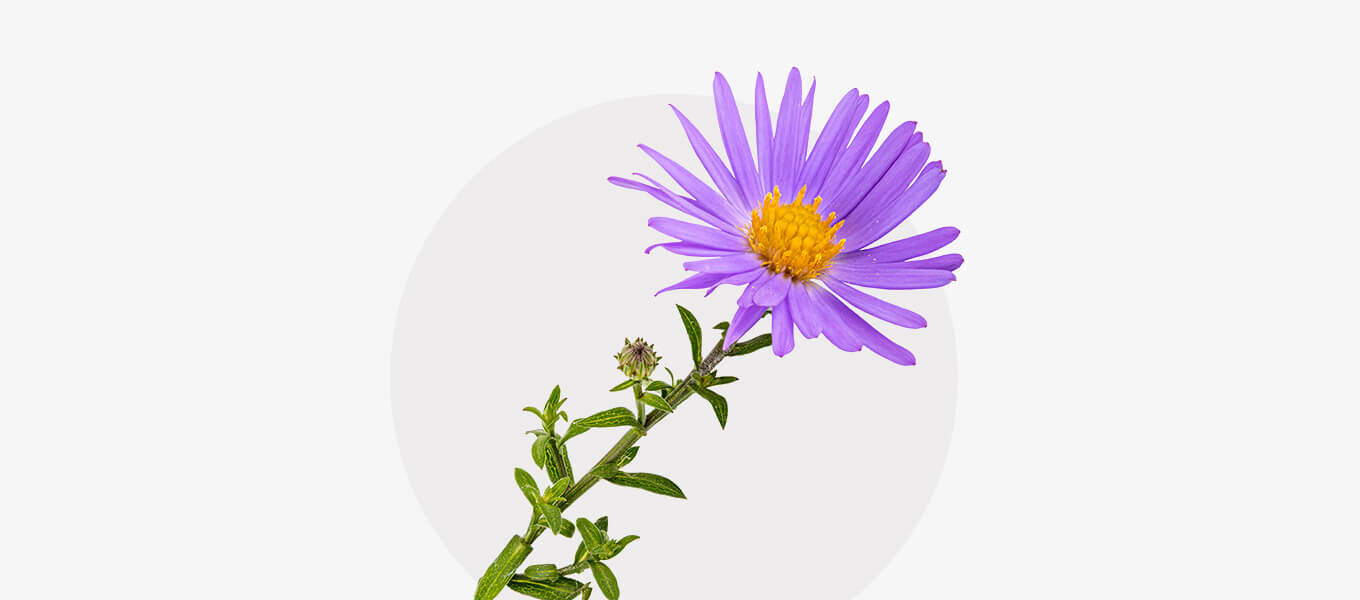American asters

At the end of summer, when the weather slowly gets cooler and the amount of sunshine decreases day by day, we perhaps enjoy the radiantly shining flowers in the nature around us even more than usual - for example, autumn asters. They are characterised by their basket-shaped, very colourful inflorescences and a wide range of varieties.
Alongside dahlias, asters are among the most popular autumn flowers. Some species bloom well into October and provide colourful accents in gardens and parks even on rainy days. Smooth-leaved asters, which produce pink or blue flowers depending on the variety, are particularly common now. These perennials grow loosely in clumps and reach a total height of up to 140 centimetres. Flowering rough-leaved asters - which look very similar to smooth-leaved asters but have hairy leaves - are also very common at this time of year. Both species are ideal as background planting for beds and borders. In rock gardens, on the other hand, compactly growing cushion asters are particularly decorative. The flowers of these perennials, which only grow up to 50 centimetres high depending on the variety, can be pink, red, purple, blue or white. Filigree myrtle asters are also a great eye-catcher: Their many small flowers in purple or white provide an attractive long-distance effect, making this type of cut flower well suited for mixed autumn bouquets.
Location and care
Hardy autumn asters for self-planting are available in any well-stocked specialist shop. It is best to plant them in a sunny spot in loose, nutrient-rich soil. In the border, autumn asters can be ideally combined with other plants and grasses that are flowering now, such as copper millet, Chinese reed or lamp cleaner grass. The colourful plants also look very decorative in combination with perennials such as globe thistles or coneflowers. To reduce the risk of mildew infestation, you should give the asters plenty of water every few days instead of watering them every day. However, make sure that no waterlogging occurs. Organic fertiliser in the irrigation water stimulates flower formation. Most autumn asters are perennials, so with the right care you can enjoy them for many years.













